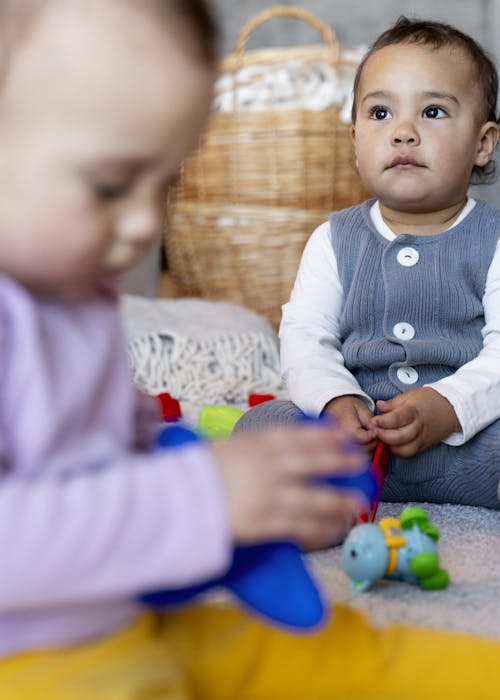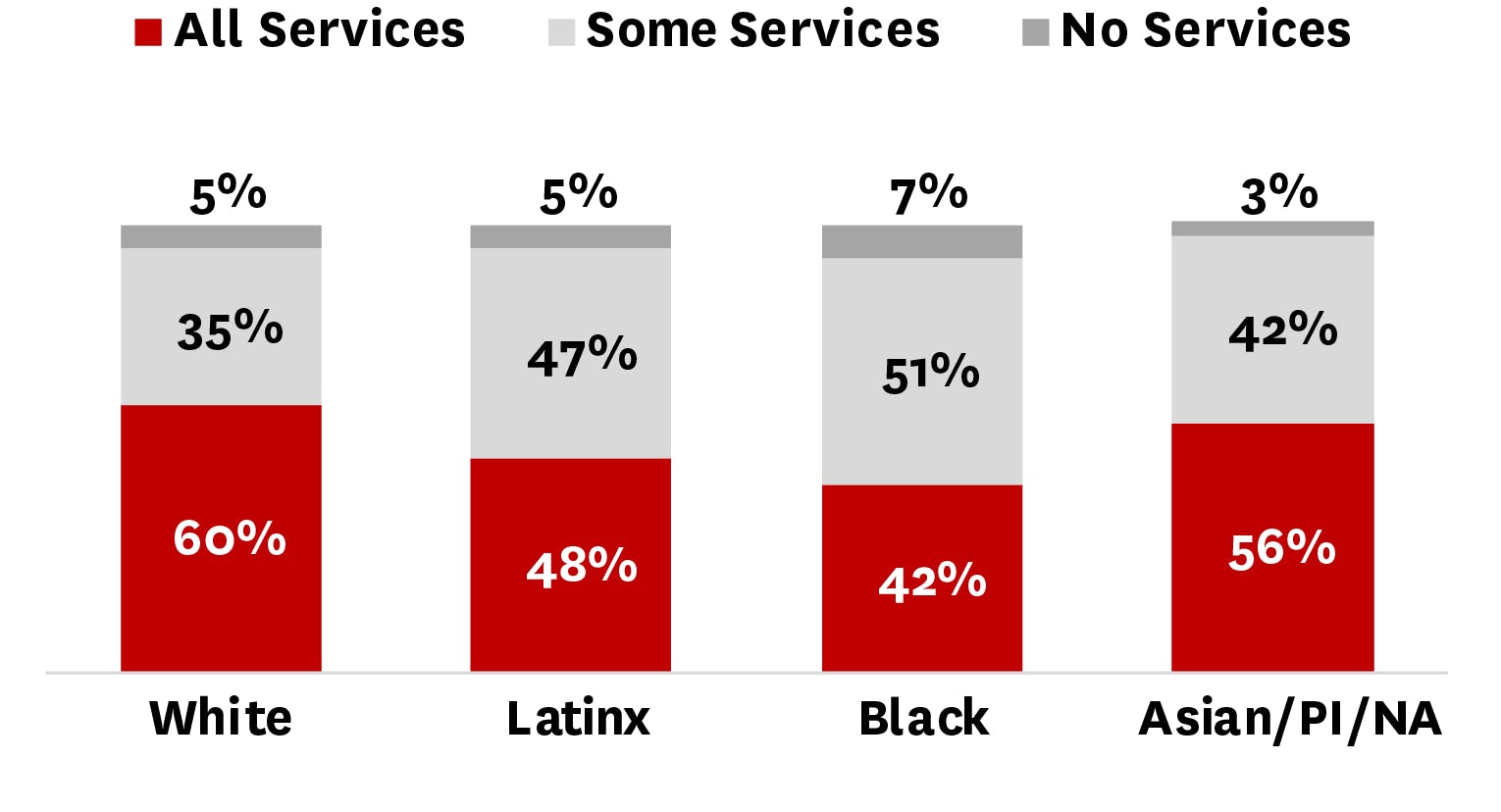

Young Children Must Receive Early Intervention Services on Time: A Factsheet on EI Delays
Data Resources
February 22, 2023
In New York City, the Early Intervention (EI) Program helps around 30,000 young children under three years old, who are not learning, playing, growing, talking, or walking like other children their age.
New York State requires children to receive Early Intervention services within 30 days of their Individualized Family Services Plan (IFSP) meeting. During this critical period of brain growth, delays in service receipt can have lifelong effects on a child’s developmental trajectory.
Unfortunately, children throughout the city have been unable to receive timely and comprehensive developmental services due to provider shortages and a chronically underfunded Early Intervention system. To understand the impact of delayed EI services, CCC has put together an EI fact sheet with data on delays, referrals, and evaluations. The data in this factsheet points to the urgent need to ensure EI is supported at the state level so children receive the timely developmental supports they need and are legally entitled to.
Key takeaways from the data:
- Less than half of children in New York City receive all their EI services on time.
- Black and Latinx children are disproportionately affected.
- All children had to wait longer to receive at least one Early Intervention service in FY22. Provider shortages and the lack of in-person services are driving these delays.
Average Number of Days from initial IFSP meeting to First EI Service

Children with Early Intervention Services by Race/Ethnicity and Number of Services Received within 30 days, FY22

Note: We use Latinx to remain true to the source of the data that the DOHMH BEI produces but we recognize that members of this community might FY21 FY22 identify with other terms, such as Latine, Latino/a, or Hispanic.
There has been a nearly 80% increase in the number of delayed initial Individualized Family Service Plan (IFSP) meetings between FY20 and FY22. (Federal law requires that the initial IFSP meeting be convened within 45 calendar days of the date the child is referred to the EI program. Delays account for those who do not have an IFSP meeting within 45 days of referral.)
Children of color are disproportionately not evaluated after being referred and not getting services after determined eligible.
What Steps Must State Leaders Take to Ensure Children Receive Timely Access to Developmental Services?
Delays in Early Intervention services can have lifelong impacts on children across New York State, resulting in children losing out on developmental supports during a critical period of brain growth. New York State leaders must address these access barriers by addressing provider shortages, particularly for families needing in-person services. These delays are concerning because children are not getting the critical services they need to thrive. We support the following New York State priorities:
- Increase Early Intervention reimbursement rates by 11% across the board to ensure providers are there when children need them.
- Institute higher rates or rate add-ons to cover the higher costs of in-person service delivery to ensure all children who need in-person services have access to them.
- The Covered Lives legislation provided $28 million in new revenue from private health insurers to the Early Intervention system and should be used to increase reimbursement rates.
Visit data.cccnewyork.org for more data on Early Intervention and hundreds of other indicators on child and family well-being in New York City.


